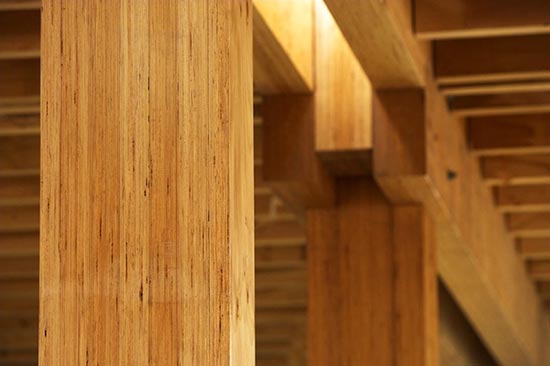
Environment
Did you know that once young radiata pine become established, they rapidly stabilise steep hillsides, protecting the soil & regulating the rate at which water is able to run off the land?
It takes approximately 27 years for a plantation forest in Te Tau Ihu to reach maturity. During its lifetime, a forest provides numerous environmental benefits: ecosystems services, soil stabilisation; habitat for native plants and animals including threatened species such as Kiwi, Karearea, Pekapeka, fungi and medicinal plants; increased biodiversity; water conservation; shelter; nursery crops for other forest species; and improved water and air quality.
Once young radiata pine become established, they rapidly stabilise steep hillsides, protecting the soil and regulating the rate at which water is able to run off the land. The vegetative litter on the forest floor acts as a sponge — holding and slowly releasing water for many days after the last rainfall. This helps prevent destructive flooding.
Our Forests, Our Future
Our forests are helping to combat climate change. Forests are a carbon sink. This means the trees absorb carbon dioxide as they grow and store it in their roots, leaves, branches, and trunks. This reduces the amount of greenhouse gases released into the atmosphere and helps mitigate climate change.
As well as sustainably managed plantation forests, many forest owners in the top of the south care for stands of indigenous forests on their land and are undertaking native replanting programmes along waterways, pest eradication, stream health monitoring and assisting with Pekapeka (native bat) monitoring projects, such as the Te Hoiere/Pelorus Restoration Project. TOTSWC and the Marlborough District Council Smart and Connected Forestry and Wood Processing Group have partnered on projects bringing forests closer to town and into the daily lives of our community.

Cawthron Marlborough Environment Awards Entrant
The environmental benefits don’t stop when the forest is harvested
Timber from our forests is a renewable resource, an amazing fibre that has a multitude of uses and applications. As well as traditional timber and paper products, structured engineered wood products offer an environmentally friendly and locally made alternative to steel and solid lumber that can be used in highrise buildings and earthquake sensitive areas.
What’s even more amazing is that the carbon absorbed by the trees while they were growing remains stored in the wood for the lifespan of the product.
As the world moves away from dependence on fossil fuels towards a more sustainable, biological-based economy, forestry will become even more important as a major producer of sustainable and renewable resources for New Zealand. Biofuels produced by ‘waste’ products from top of the south forests are a critical part of this transition.
TOTSWC knows that our industry doesn’t always get everything right, and we’re working really hard to respond to the impacts of climate change and adverse weather events just like all other primary industries. TOTSWC is actively promoting advances in best practice and slash and water quality management to ensure activities such as harvesting and earthworks (which usually only happens once approximately every 27 years) have as little negative impact on the environment as possible.
We’re even the first Wood Council in the country to get behind and run a Forestry Hackathon, Slash: Turning Waste into a Resource. As well as overseeing and running applied stream management, erosion and pest control pilot studies as part of larger catchment enhancement projects.
We know our industry depends on a healthy environment within a thriving and resilient community and sound economy. We believe that our industry is critical to the long term future of the top of the south and there’s a lot we can offer, share and learn along the way.